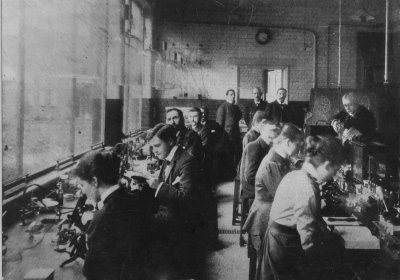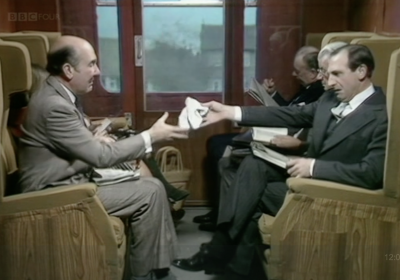A Genealogy of Prohibition: Life and Politics of Drugs in Modern Iran (1909-2015)
Maziyar Ghiabi
(St Antony’s College, Oxford University)
Persians ‘had rather go without their Dinners, than their Pipes…’ wrote the famous French voyageur Chardin after one of his travels in Persia. This statement holds true of the widespread use of smoking tobacco and other substances in Iran, since the late 16th Century. Given that opium (taryak) had fulfilled cultural, scientific and economic dimensions in Iranian history, this lack of prohibition or even social stigma is utterly unsurprising. Conversely, the change in the perception of opium, which very slowly began towards the end of the Qajar era, coterminous with the inception of the US-led international drug control regime to which Iran was also a signatory, is revelatory of a more profound transformation of Iranian society and its place within global politics.
Since 1912, the date of the first anti-narcotic law, Iran lived a period of experimentation both in terms of policies on illicit drugs and in terms of people’s taste for drugs, setting the genealogical background of contemporary drug phenomena in the Islamic Republic. These are exemplified by a set of understudied, yet historically meaningful, processes. The first is provided by the establishment of a legitimate, state-run monopoly of opium distribution over the 1970s, an event that apparently defied US-led prohibitionist policy. The second is reported by the diffusion of heroin use, in line with global cultural trends, but itself a unique phenomenon in the Islamic world during that period. The third is the oxymoronic dimension of today’s drug policy in Iran, where death sentences are meted for drug traffickers in terrifying numbers while the government sponsors among the broadest and most progressive set of harm reduction practices countrywide.
The paper intends to cast light on the forgotten social and global dimension of Iranian drug politics. The endeavour adds historical depth to the understanding of social history outside the West, while connecting it to the inherently international dimension of narcotic policy. In doing so, I examine what has been regarded as the Iranian paradox and attempt to dissect its apparently contradictory logics, by relying on a combination of historical research (reports, religious commentaries, interviews, newspapers, etc.) and ethnographic fieldwork inside Iran.




